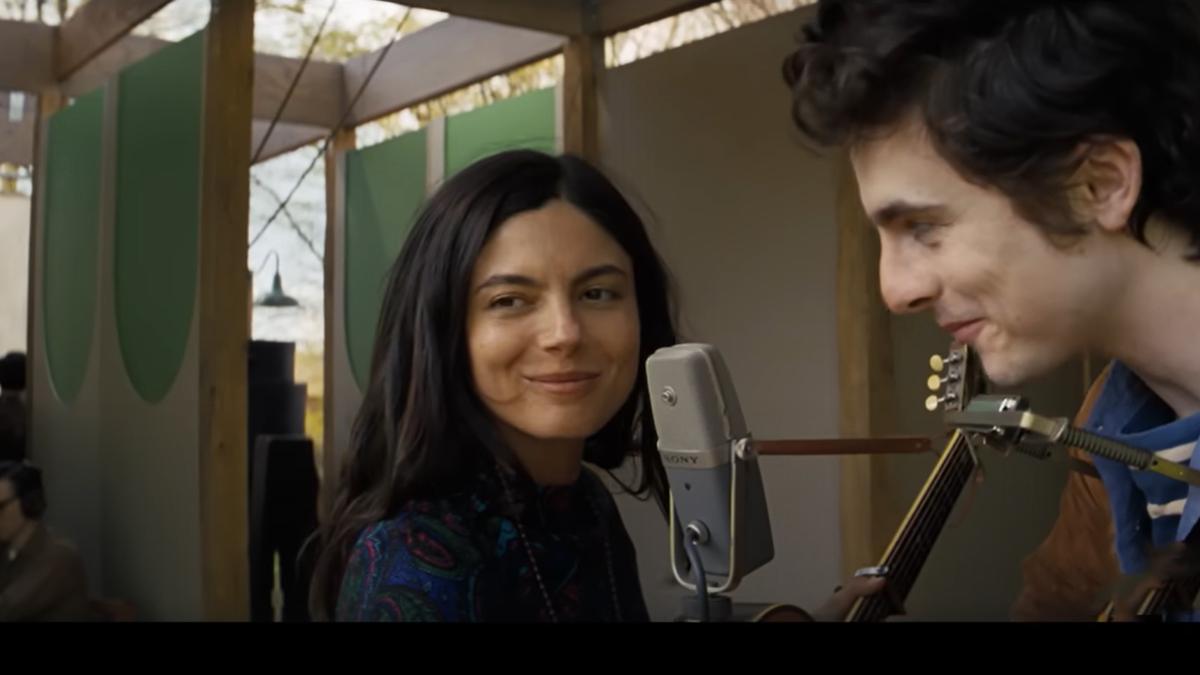
On Joan Baez, the woman who made a legend and a muse of Bob Dylan Premium
The Hindu
James Mangold's biopic A Complete Unknown sparks conversation about Bob Dylan, with Timothee Chalamet's polarising performance taking center stage.
As the last leg of the discussion surrounding the 97th Academy Awards runs its course, James Mangold’s biopic A Complete Unknown continues to spark conversation, much like the man its based on, revolutionary songwriter and Nobel Prize laureate Bob Dylan.
Timothee Chalamet, a charmer, rising above the ranks of a dwindling Hollywood in desperate need of its next movie star, carried the film with his polarising depiction of Dylan. His performance roused mixed reviews and a coveted Oscar nomination for Best Actor (losing to Adrien Brody’s performance in The Brutalist). Chalamet’s Dylan was lauded as accurate in some ways (his musical renditions of Dylan’s hits) and gimmicky in others (his one-note impression of the 60’s Dylan accent).
While Chalamet’s reprisal of Bob Dylan in the film fell in line with all the other iconic roles he has portrayed so far, the role that proved itself a showstopper however, garnering a Best Supporting Actress nomination, was Monica Barbaro’s iteration of Dylan’s tumultuous lover, and legend in the folk music revivalist movement, Joan Baez.
The trade of songwriting has long relied on two key elements: storytelling and human emotion. The lyrics of popular Western music in the 21st century tend to use details to set scenes the audience is likely to have never been a part of (for example, ‘dancing barefoot on the grass’ in Ed Sheeran’s ‘Perfect’, Shakespearean parties and ballgowns in Taylor Swift’s ‘Love Story’). This feature stems from the tradition of cowboy songs sung around campfires in 19th century Texas, whose narrative-oriented lyrics borrowed from traditional European folk ballads.
These cowboy songs were published in songbooks, with Songs of the Cowboys by N. Howard “Jack” Thorp being the first ever book of Western music, at the turn of the 20th century. These books were unaccompanied by notations or any musical structure, which indicates an emphasis on the story rather than the means of conveying it.
Eventually, songs began to embody a variety of experiences and became vessels for emotion as well. A culture of rural African-American Blues music began to develop simultaneously with cowboy songs. This music features balladistic chords, yells, emotionally-charged singing, which, over time, combined with the complex narratives of folk music to form the foundations of Western popular music.
As celebrity culture began to take shape in the mid-to-late 20th century, the confessional songwriting of Western music found itself warped with the persona of its writers. Even the biggest artists of this era, The Beatles, let go of their easily relatable, feeling-heavy love songs from the early 1960s and gave way to documentations of their escapades with certain substances (‘Lucy in the Sky with Diamonds’). Paul McCartney’s sincerity, John Lennon’s activism, George Harrison’s spirituality, and Ringo Starr’s absurdism found their place in the lyrics of their music.

 Run 3 Space | Play Space Running Game
Run 3 Space | Play Space Running Game Traffic Jam 3D | Online Racing Game
Traffic Jam 3D | Online Racing Game Duck Hunt | Play Old Classic Game
Duck Hunt | Play Old Classic Game











